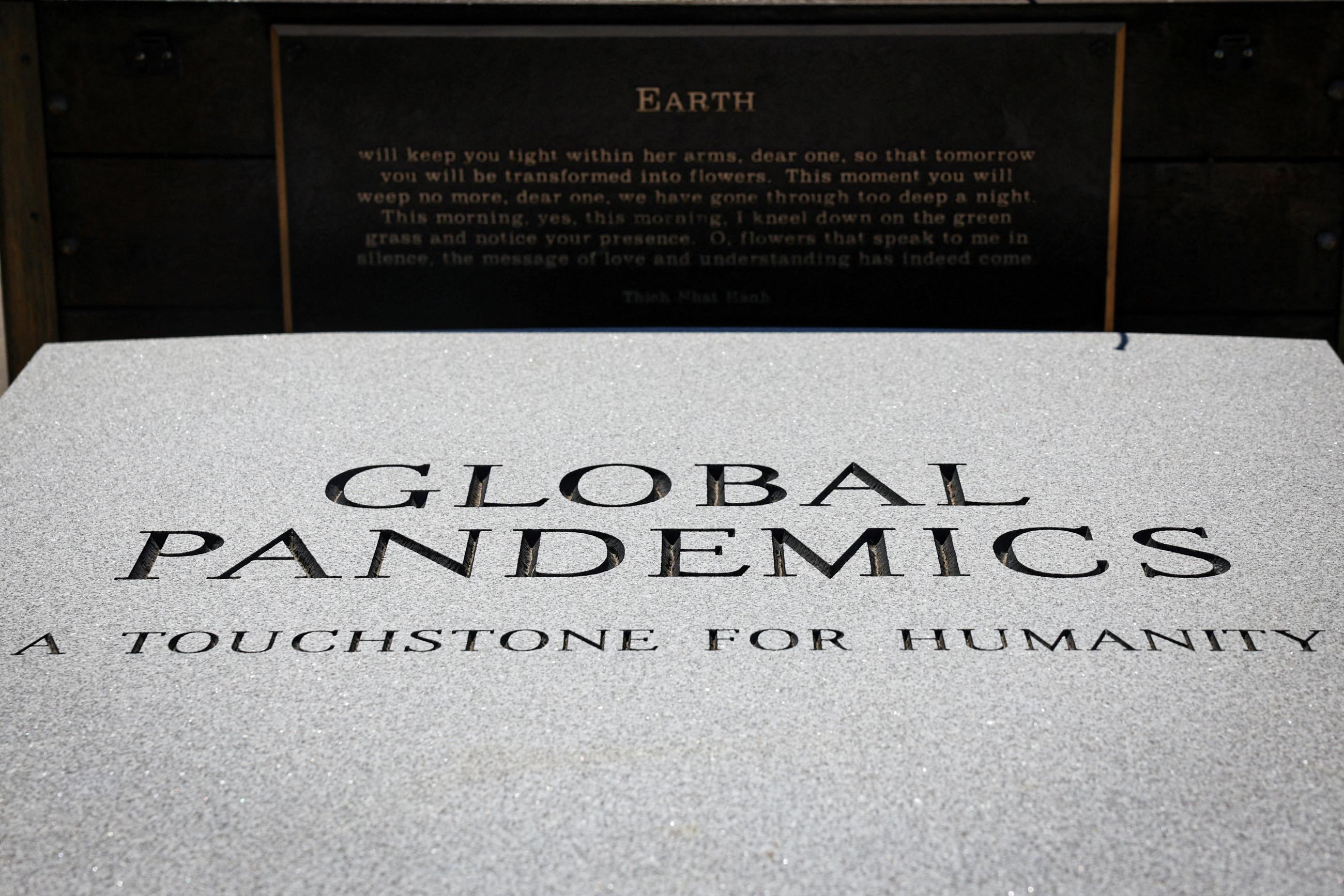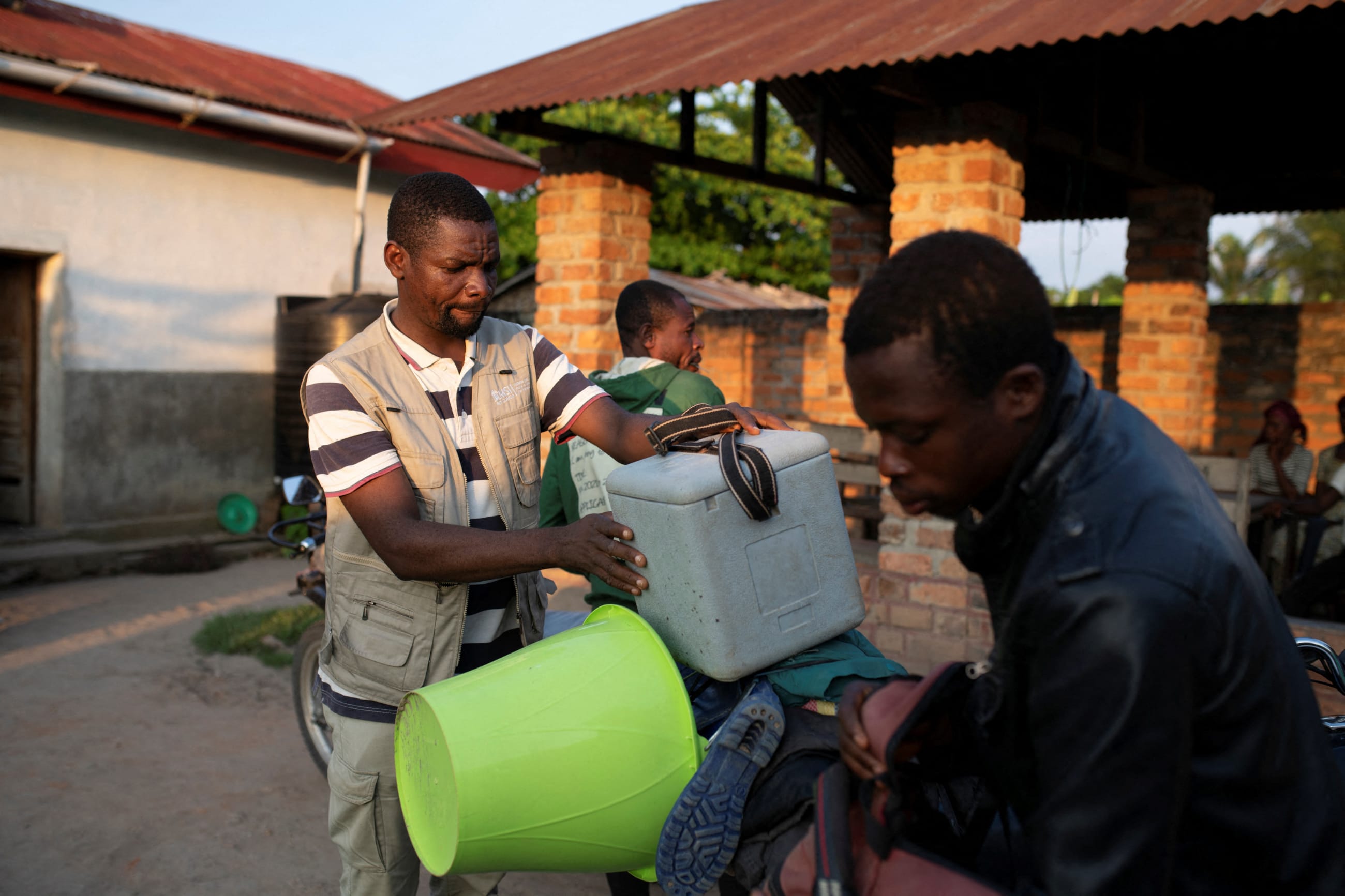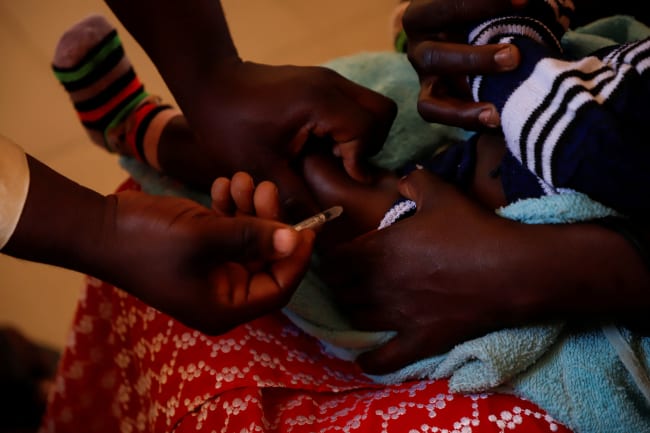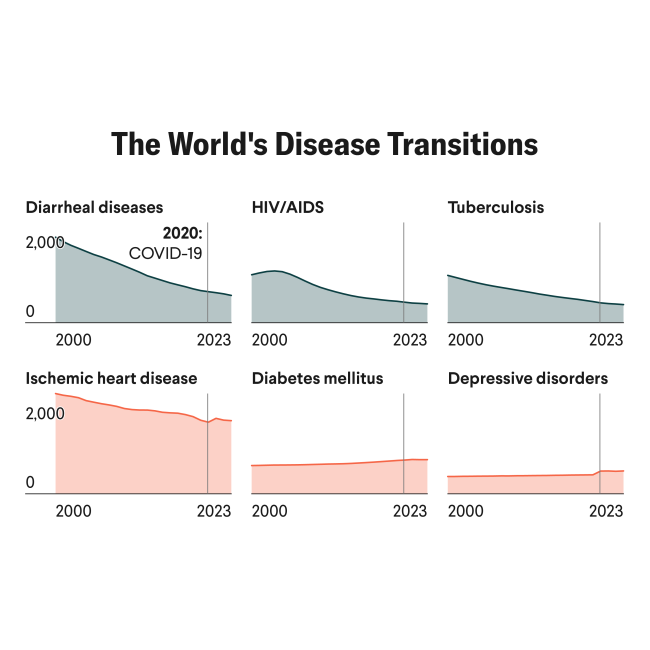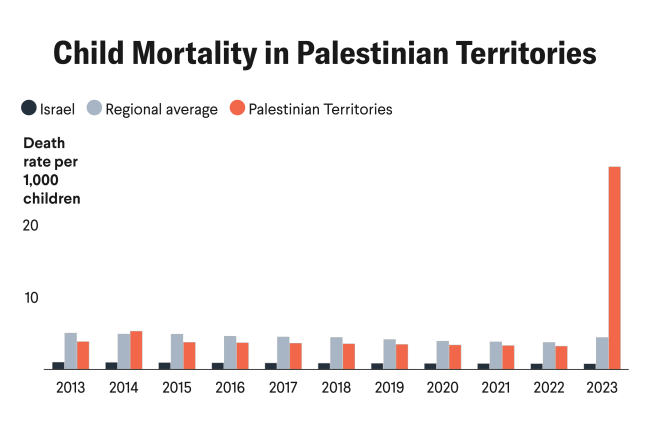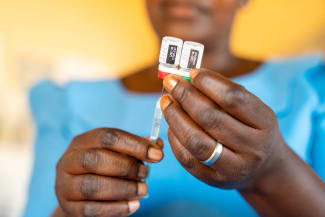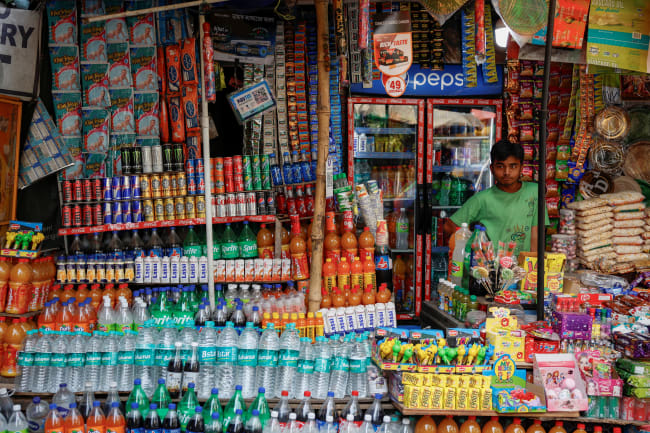On December 3, 2024, the Ministry of Health of Democratic Republic of Congo (DRC) reported 406 cases and 31 fatalities from an "undiagnosed illness" that appeared in the Panzi health zone, which is located in Kwango Province, in the southwest of the country. The outbreak, which first emerged in late October, primarily affected children under 5, who also accounted for more than 90% of deaths. Symptoms resembled those of common viral diseases—fever, headache, cough, runny nose, and body aches. The rapid rate of transmission, combined with a lack of diagnostic and treatment resources, made it difficult for local health authorities to contain the outbreak. Although Disease X has since been identified as severe malaria complicated by malnutrition, the process by which the outbreak was reported and contained offers lessons for future pathogens.
Challenges Making Sense of the Strange Situation
From the start of the outbreak, experts emphasized the need for laboratory diagnostics to rule out known pathogens such as COVID-19, measles, influenza, and malaria. Panzi's limited health-care capacity and resources, along with its poor infrastructure, however, posed significant logistical hurdles. The lack of local laboratory diagnostics in the region required patient samples to be shipped to Kinshasa, but unpaved roads delayed those samples from reaching the capital by nearly five weeks, hindering timely intervention and response efforts.
The process by which the outbreak was reported and contained offers lessons for future pathogens
The region's poorly equipped primary care systems, including comprehensive curative, promotive, and preventive services, also created the conditions for Disease X to spread. At the time of the outbreak, 54% of Kwango village suffered from malnutrition. Despite limited data on childhood vaccination coverage, experts suggest that a lack of immunity could have left the population susceptible to disease spread. Hence the intersection of a weak health-care system and challenging local conditions intensified vulnerabilities and complicated rapid response efforts to the situation in early December.
National and Global Response Efforts
The global health community uses the term Disease X to denote a hypothetical unknown pathogen that could potentially cause a pandemic. The possibility of a Disease X scenario prompted national and global public health responses to shift into high alert, especially given that DRC is still grappling with an mpox emergency—having reported 43,862 suspected cases in 2024 alone. The simultaneous emergence of mpox and a potential Disease X in DRC raised concern over the possibilities of overwhelming public health authorities and posing a significant international threat.
To get ahead of that dual threat, the National Public Health Institute of DRC, Africa Centers for Disease Control and Prevention (Africa CDC), and the World Health Organization (WHO) dispatched rapid response teams of doctors, epidemiologists, lab technicians, and infection control experts to the Panzi region. Their mission was twofold: to provide immediate care to the infected population and to collect critical data to diagnose the illness. Samples were collected from patients and transferred to a laboratory in Kinshasa for analysis. At the time, the WHO warned that the illness could be a new respiratory pathogen, a mix of known ones such as influenza, COVID-19, malaria, or measles, or a completely unidentified disease.
By December 27—more than three weeks after the public health alert—the WHO announced that the mystery Disease X was Plasmodium falciparum malaria combined with common viral respiratory infections, all compounded by high rates of acute malnutrition. Response teams continue to work in the Panzi zone to treat affected individuals. In addition, efforts are under way to address food insecurity and improve surveillance and health resources for future outbreaks.
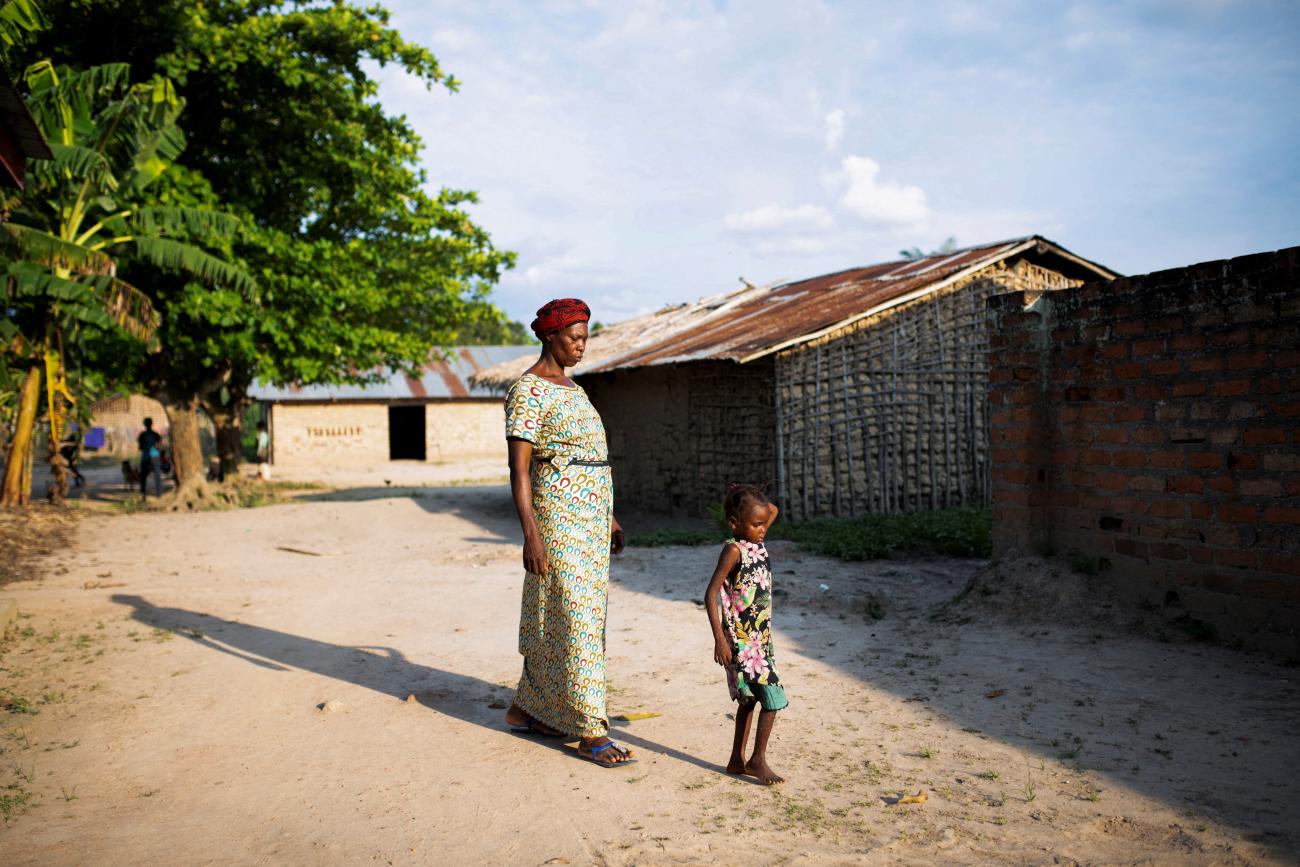
Lessons from Past Pandemics
Although Disease X has been identified, the critical question remains: If a mysterious pathogen were to appear again, are health systems ready to swiftly identify the disease, deploy medical countermeasures, and increase the surge capacity of epidemiologists and other experts?
Given the history of pandemics and the frequency of current outbreaks, the question is not whether Disease X will occur again, but when. Three interventions are therefore needed to enhance preparedness for such an event.
Strengthen primary health-care systems, the health-care workforce, and surveillance for effective infection prevention and control
The DRC outbreak highlights the urgent need for a robust primary care framework. In Panzi, inadequate childhood vaccinations and nutrition have worsened malnutrition and vulnerability to illness. Additionally, inadeqate access to essential medications, lack of funding for free health care, and a shortage of medical personnel have all impeded timely responses, hindering effective treatment for common symptoms and limiting access to care for vulnerable populations.
A well-functioning primary care system should include trained health professionals, access to all essential medications, and comprehensive vaccination programs to prevent outbreaks. Given the challenges in rural areas, including a lack of funding for health-care resources and scarcity of medical providers, innovative solutions are needed to improve access. Community health workers can fill gaps in the health-care workforce and set up medical tents or mobile clinics in remote locations. In rural Kenya, community health workers have used mobile clinics to bridge gaps in HIV care and expand access to antiviral treatment for rural populations.
In addition, the use of mobile clinics connected to urban centers can also provide early supportive care and basic treatments, and isolation tents can help contain infectious diseases. Finding ways to effectively integrate telehealth with physical clinics can enhance diagnosis and care in out-of-hospital settings, preventing the spread of disease to more populated areas. In rural Uganda, telehealth has enabled community health workers to identify, refer, and care for COVID-19 patients, playing a crucial role in the country's pandemic response.
Strengthen infectious disease tracking systems
The delayed response in Panzi highlights the need for improved data infrastructure and reliable surveillance capabilities. Investing in local data interoperability and quality can enable quicker reporting from rural areas and more effective national policy actions.
Strategically locating laboratories to serve multiple rural areas can facilitate routine diagnostics and rapid testing for emerging diseases. For example, DRC, Nigeria, Senegal, and Uganda have previously linked laboratory reporting systems across districts with local health ministry data to track and store information on COVID-19 infections. Given increased funding and investments, solar-powered versatile testing equipment can be used in rural areas of Africa to expedite clinical and surveillance efforts. Ensuring that testing is conducted within 24 to 48 hours is vital because the effectiveness of a surveillance system hinges on swift turnaround times.
Use military personnel to manage pandemic outbreaks effectively
One proven strategy to overcome poor infrastructure is to leverage the military, which excels in rapid logistics and capabilities to access remote regions to significantly enhance epidemic management. Investment in joint simulations with military personnel for epidemic response in rural areas like Panzi is a low-cost, high-impact strategy to prepare countries for swift action in acute treatment of victims, sample collection, and diagnostic testing. Military medical professionals and logistic experts can facilitate rapid deployment of response teams at outbreak sites, as demonstrated during the 2014–15 Ebola outbreak in West Africa and, more recently, during the COVID-19 outbreaks in Ghana. The military there now operates a former COVID-19 intensive care center to conduct surveillance, collect and transport samples, and treat critical illness to ensure rapid response and prevention of outbreaks.
A Disease X scenario could be catastrophic if these initial 100 days are not effectively used for development
Neither the military nor UN peacekeeping forces were used during DRC's recent outbreak, representing a missed opportunity. Establishing regional military centers of excellence, modeled after Ghana's, would empower rapid collection, transportation, and surveillance initiatives, ensuring swift response capabilities.
Research Preparedness
Addressing the emergence of Disease X requires robust research infrastructure to develop vaccines, therapeutics, and diagnostics toward unknown pathogens. After the slow global response to COVID-19, the 100-day framework was established to ensure medical countermeasures reach outbreak centers within 100 days. This framework, however, proved inadequate during DRC's mpox outbreak, due to a lack of point-of-care diagnostics, therapeutics, and limited vaccine availability, underscoring the importance of robust health-care infrastructure. A Disease X scenario, in the DRC or elsewhere, could be catastrophic if these initial 100 days are not effectively used for development.
To tackle this issue, research preparedness should be strengthened before the next outbreak. Research efforts should both include a broad spectrum of funders, R&D, and local manufacturing and empower researchers in high-risk countries such as DRC and other African nations. This approach will enable the rapid development and deployment of vaccines and therapeutics in a potential Disease X scenario.
The DRC's recent outbreak highlights the urgent need to strengthen global health infrastructures and invest in pandemic preparedness to protect humanity before the inevitable emergence of Disease X.
